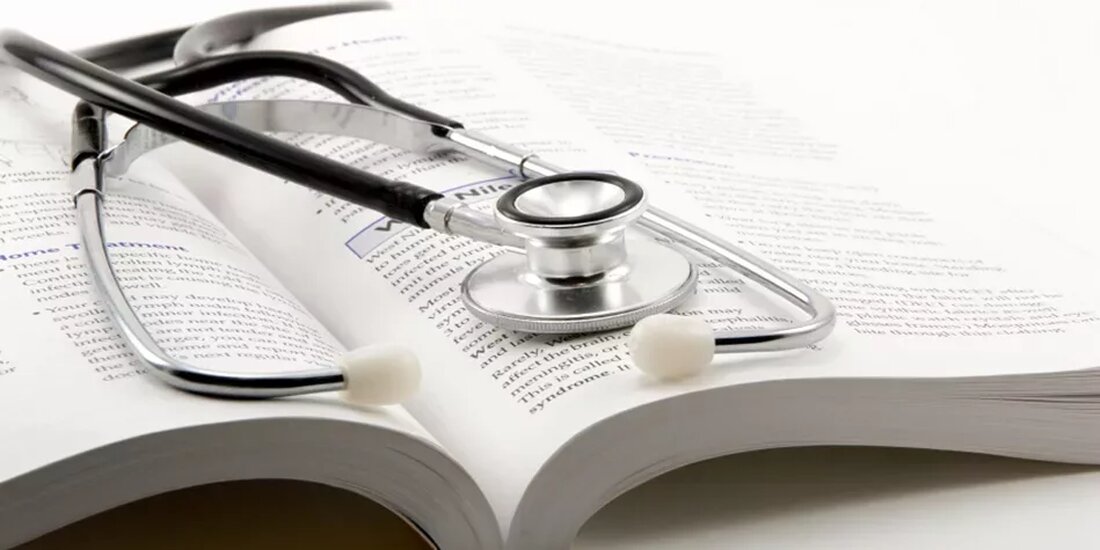reference
Lam RW, Levitt AJ, Levitan RD, et al. Wirksamkeit der Behandlung mit hellem Licht, Fluoxetin und der Kombination bei Patienten mit nicht saisonaler Major Depression: eine randomisierte klinische Studie. JAMA Psychiatrie. 2016;73(1):56-63.
design
Randomisierte, doppelblinde, placebo- und scheinkontrollierte Studie
Participant
Diese Studie umfasste 122 Teilnehmer im Alter von 19 bis 60 Jahren, bei denen eine nicht saisonale Major Depression diagnostiziert wurde. Die Dauer der aktuellen Episode einer Major Depression reichte von 45 bis 90 Wochen. Die Teilnehmer kamen aus ambulanten Psychiatriekliniken in akademischen Zentren. Die Daten wurden von Oktober 2009 bis März 2014 erhoben.
intervention
Die Teilnehmer erhielten nach dem Zufallsprinzip täglich 30 Minuten Vollspektrum-Lichttherapie plus ein Placebo; 30 Minuten Vollspektrum-Lichttherapie plus Fluoxetin (Prozac, 20 mg/Tag); Fluoxetin (20 mg/Tag) ohne Lichttherapie; oder Placebo (inaktive Lichttherapie plus Placebo-Pille).
Outcome measurement
Die Montgomery-Asberg Depression Rating Scale (MADRS) wurde zu Beginn und am Ende der 8-wöchigen Studie genommen. Remission wurde auch als sekundäres Ergebnis verwendet.
Key insights
Am Ende der 8-wöchigen Studie waren die mittleren Veränderungen der MADRS-Scores gegenüber dem Ausgangswert bei denjenigen, die die Vollspektrum-Lichttherapie erhielten, signifikant größer als bei Fluoxetin. Von den Patienten, die die Lichttherapie erhielten, gingen 43,8 % in Remission, verglichen mit 19,4 % der Patienten, die Fluoxetin allein einnahmen. Es gab eine Remissionsrate von 58,6 % bei den Patienten, die sowohl die Lichttherapie als auch das Fluoxetin erhielten.
Practice implications
Seit Jahren wird Vollspektrumlicht als wirksame Behandlung für saisonale affektive Störungen eingesetzt.1,2 Diese kürzlich durchgeführte klinische Studie trägt zu der wachsenden Zahl von Beweisen bei, die darauf hindeuten, dass Vollspektrumlicht auch bei nicht saisonalen Formen von Depressionen wirksam sein kann. Diese Ergebnisse stehen im Einklang mit früheren Studien. Eine Metaanalyse von randomisierten, kontrollierten Studien aus dem Jahr 2005 ergab durchweg eine signifikante Verringerung der Schwere der Depressionssymptome sowohl bei saisonalen als auch bei nicht saisonalen Störungen.3 In einer randomisierten kontrollierten Studie aus dem Jahr 2013 stellten Baxendale et al. fest, dass die Lichttherapie die Symptome von Angst und Depression bei Epilepsiepatienten signifikant reduzierte.4 Die Forschung zeigt auch, dass die Lichttherapie trotz früherer Berichte über Nebenwirkungen sicher ist.5 In seltenen Fällen können Augenbelastung und verschwommenes Sehen auftreten.
Lichtboxen, die denen ähneln, die in dieser klinischen Studie verwendet werden, sind zu einem Preis von 69 bis 199 US-Dollar leicht erhältlich. Eine Alternative zu Leuchtkästen ist es, 30 Minuten am Tag im Freien in die Sonne zu gehen. In Bereichen zu Hause oder im Büro, in denen Patienten die meiste Zeit verbringen, können herkömmliche Glühbirnen auch durch Vollspektrum-Glühbirnen ersetzt werden.
Lichttherapie sollte als First-Line- oder adjuvante Behandlung bei Patienten mit nicht saisonaler Major Depression in Betracht gezogen werden. Dies ist von Bedeutung, da diese Fälle von Depressionen schwierig zu behandeln sein können und Arzneimittel erhebliche Nebenwirkungen haben können.6,7

 Suche
Suche
 Mein Konto
Mein Konto

